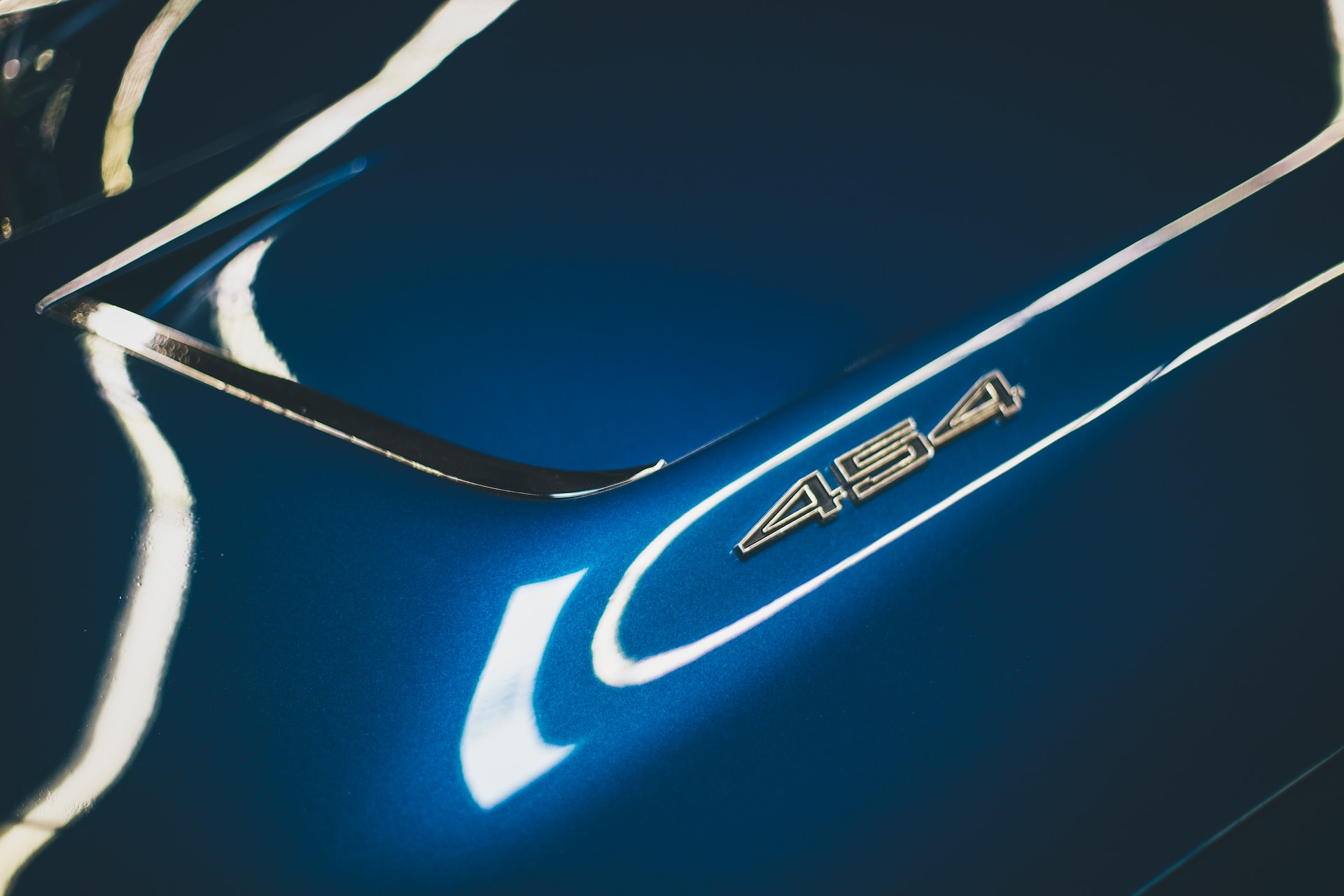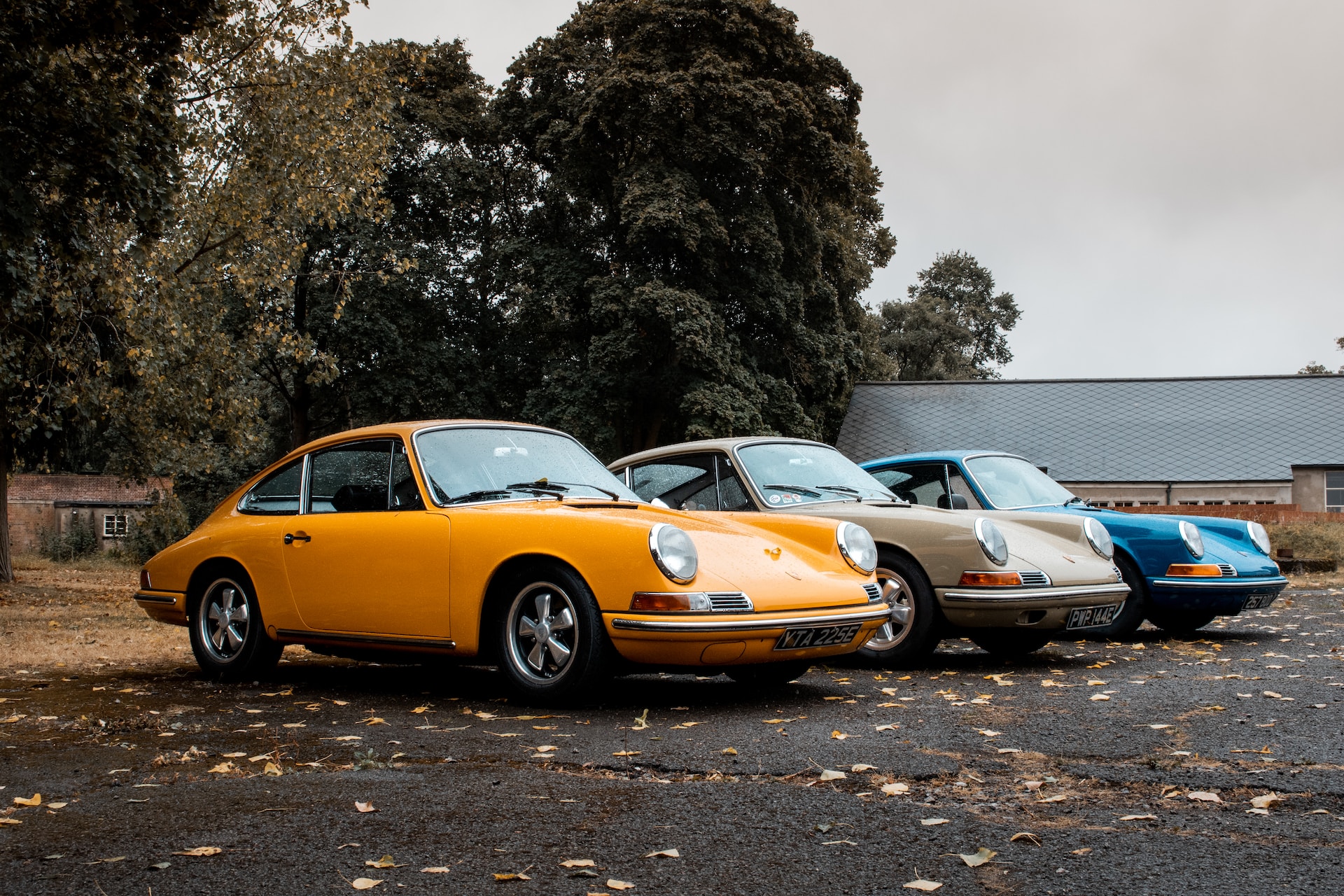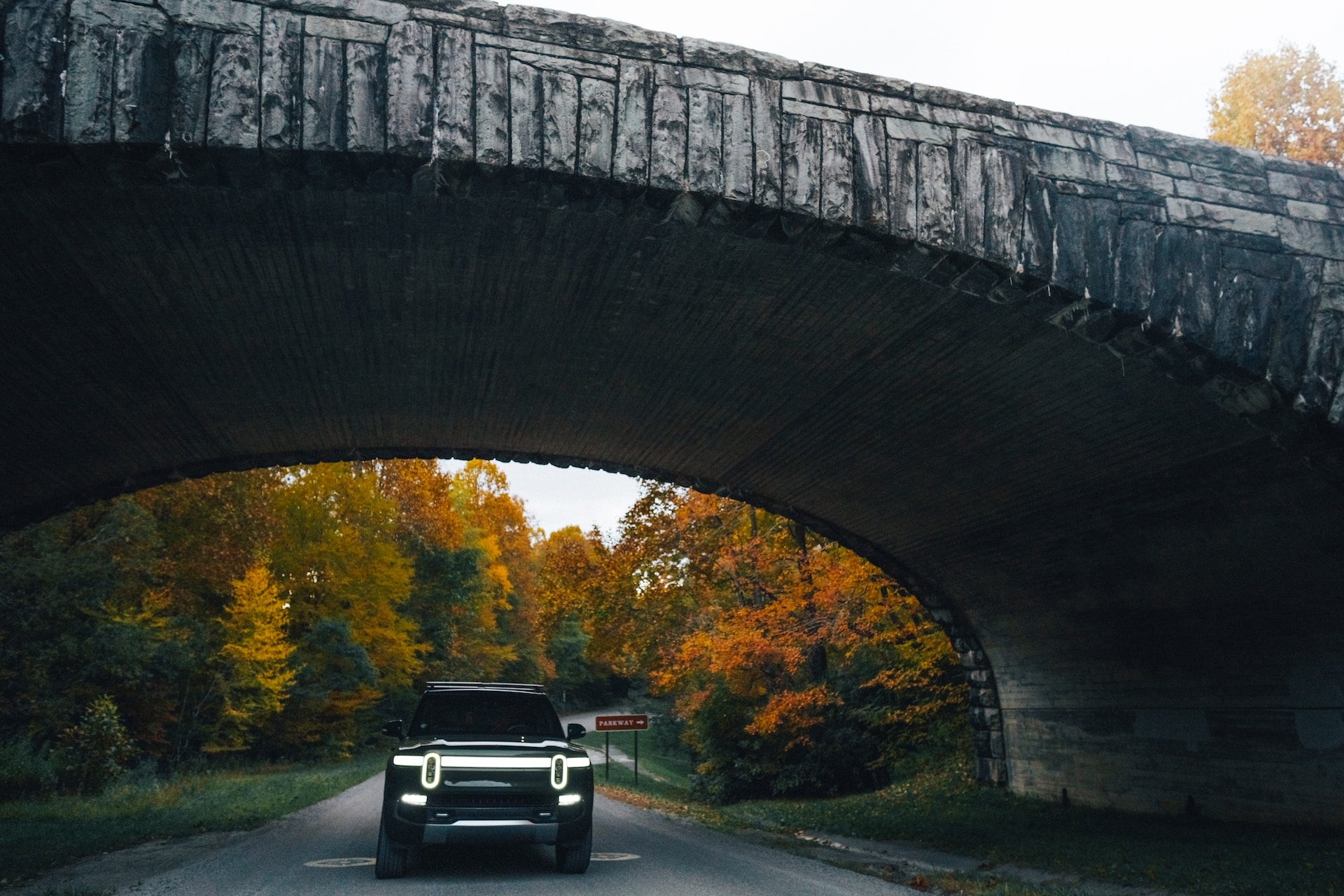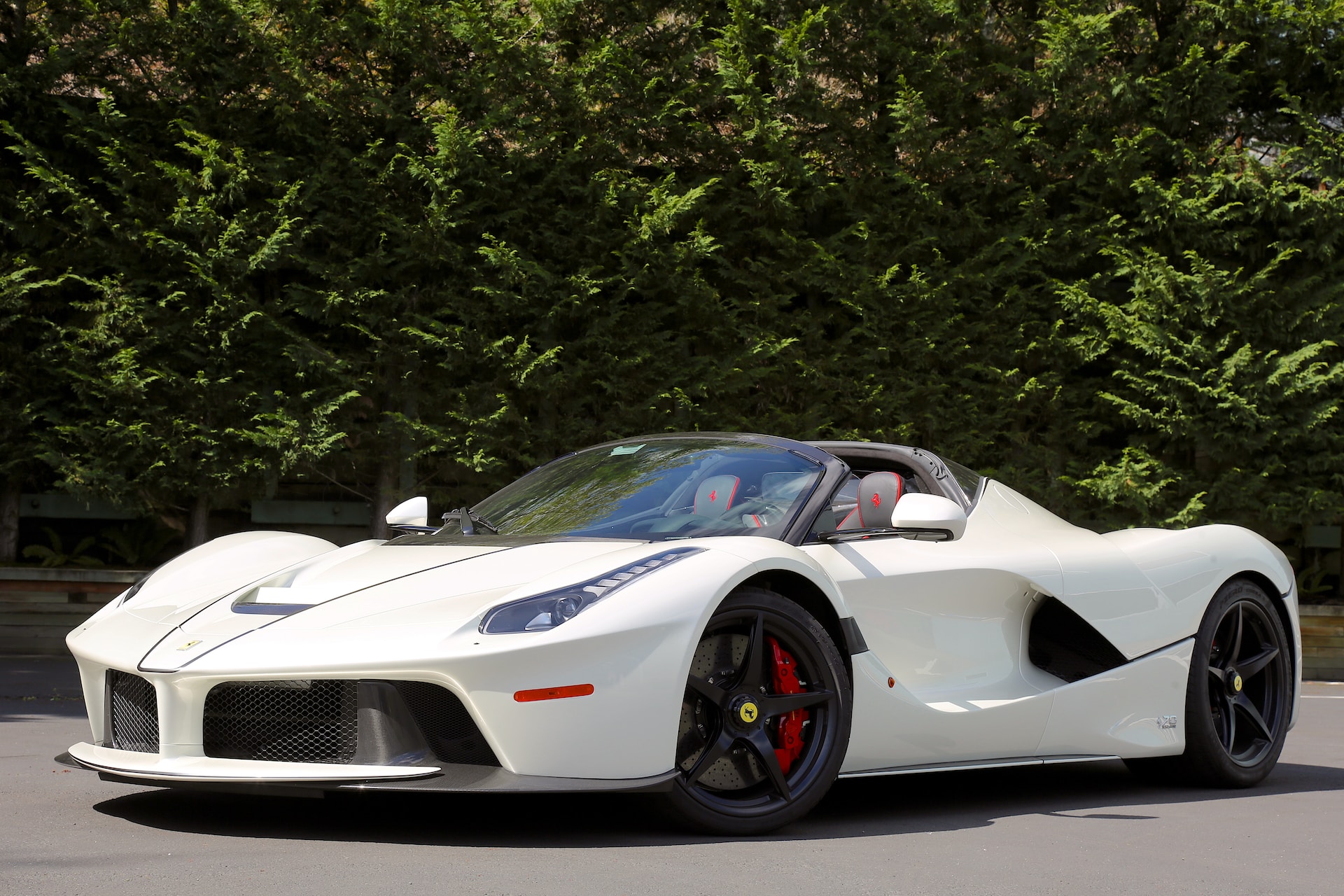Introduction: U.S. New Car Sales Surge
In the world of automotive industry analysis, few names carry as much weight as John Smith, the renowned Problem Solver. With years of experience and a knack for dissecting complex issues, John is here to shed light on the surprising turn of events in the U.S. new car market. Despite concerns about an impending UAW strike, the industry is experiencing an unexpected surge in sales. Join us as we explore the factors behind this remarkable trend.
The UAW Strike Looms Large
The United Auto Workers (UAW) strike had cast a long shadow over the U.S. automotive landscape. The potential disruption to production lines and supply chains had industry insiders and consumers on edge. But sometimes, uncertainty breeds opportunity.
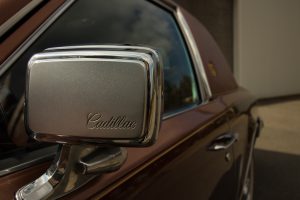
Resilience in the Face of Adversity
Table 1: Key Factors Driving U.S. New Car Sales Amidst UAW Strike Concerns
| Factors | Impact on Sales |
|---|---|
| Consumer Confidence | High |
| Incentive Programs | Significant |
| Inventory Management | Strategic |
| Alternative Transportation | Limited Impact |
Amidst the anxiety, consumers surprised the market by demonstrating remarkable confidence. Consumer confidence, bolstered by a strong economy and low unemployment rates, played a pivotal role in driving new car sales. Additionally, automakers unleashed inventive incentive programs to entice buyers, further fueling the sales surge.
Behind the Scenes: Inventory Management
Effective inventory management emerged as a strategic lifeline. Manufacturers and dealers streamlined their supply chains, ensuring that they could meet demand even in the event of a strike. This proactive approach eliminated the fear of empty showrooms, strengthening consumer trust.
A Silver Lining: Alternative Transportation
Table 2: Comparative Analysis – Traditional vs. Alternative Transportation
| Aspect | Traditional Car Ownership | Alternative Transportation |
|---|---|---|
| Cost of Ownership | Moderate | Lower |
| Convenience | High | Varied |
| Environmental Impact | Higher | Lower |
Surprisingly, the anxiety surrounding the strike prompted some consumers to explore alternative transportation options. This led to a comparative analysis between traditional car ownership and alternatives like ridesharing and car-sharing services. While traditional ownership still held its ground in terms of convenience, alternative transportation boasted lower costs and a more favorable environmental impact.
Looking Ahead: Lessons Learned
As the UAW strike concerns dissipate and the automotive industry regains its equilibrium, there are valuable lessons to be learned. The resilience of the market and the adaptability of consumers offer a glimpse into the future. The automotive landscape may be shifting gears, but it’s not slowing down.
Conclusion: The Problem Solver’s Take
In this tumultuous landscape, the U.S. new car sales surge amidst UAW strike anxiety is a testament to the industry’s ability to weather storms. Consumer confidence, inventive incentives, and effective inventory management paved the way for success. The exploration of alternative transportation options also indicates a changing automotive ecosystem.
So, while challenges may arise, the Problem Solver reminds us that the automotive industry has a history of innovation and adaptation. As we move forward, the road ahead may have some unexpected turns, but it’s clear that the U.S. car market is here to stay.






